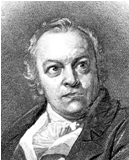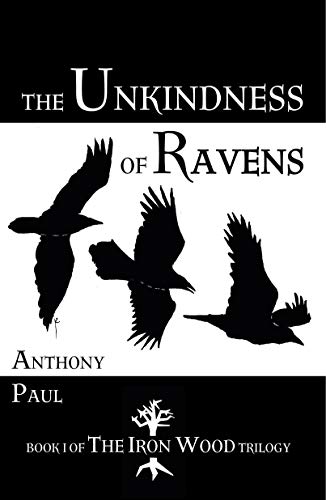Songs of Innocence and Experience by William Blake
Page 16 of 18 - 1 2 3 4 5 6 7 8 9 10 11 12 13 14 15 16 17 18 Purchase full notes for £5.95 (aprox $9.28)
The reaction soon set in, so that Victorian England was marked by far firmer sexual repression than had been the case in Blake’s time. The Marriage of Heaven and Hell also shows Blake following (to an extent) the radical theologian Emanuel Swedenborg in his belief that a new ‘dispensation’ (similar to that brought about by the advent of Christ) had begun during this period. Blake saw this as a swinging of the pendulum away from angelic restraint and reason towards demonic energy and love: ‘As a new Heaven is begun, and it is now thirty-three years since its advent, the eternal Hell revives.’ In such a new age, it would obviously be shocking that ‘Love, sweet love was’ once ‘thought a crime.’
Moving on to the story of Ona (a name that may be derived from ‘Una’ in Spenser’s The Faerie Queene , an allegorical representation of Truth), Blake harks back to a Golden Age in which love was free and unconstrained – symbolised here by the fact that couples share their ‘delight’ ‘To the Holy Light,/Naked’. The Golden Age is actually a classical conception, but it has frequently been explained by Christians as a distant memory of Paradise or Eden, where sex also was celebrated without guilt and shame.
In their innocence, Ona and her lover correspond to this paradisal image in their love. They meet ‘in garden bright’ at dawn in the ‘holy light’ and their innocent coupling leads to a plan to meet again. Their awareness of the world of experience, however, makes it inevitable that this will be at night, and so their love becomes secretive in a way that already indicates the Golden Age has passed. When Ona’s love is discovered, her ‘father white’ destroys her happiness with a ‘loving look.’ Herein is the tragedy for Blake of a world chained and bound by a false morality. Ona’s father is a good man, who loves his daughter, but it is that very love (so different to the love between the boy and girl) that causes ‘All her tender limbs’ to shake with ‘terror.’ Ona’s father offers her the sacrificial love of pain and suffering (experienced love), not the innocent love of joy, and the poor girl is wracked with guilt. Her father’s further reaction is given in the final stanza. White is not the pure colour of the ‘Lamb’s back’ that may be remembered from the Songs of Innocence , but it is the colour of an aged man’s hair, schooled in the sufferings of the world and its corruptions. Ironically, Blake refers to the ‘blossoms’ of the old man’s head: the ‘blossoms’ of experience being very different to those of innocence.
Moving on to the story of Ona (a name that may be derived from ‘Una’ in Spenser’s The Faerie Queene , an allegorical representation of Truth), Blake harks back to a Golden Age in which love was free and unconstrained – symbolised here by the fact that couples share their ‘delight’ ‘To the Holy Light,/Naked’. The Golden Age is actually a classical conception, but it has frequently been explained by Christians as a distant memory of Paradise or Eden, where sex also was celebrated without guilt and shame.
In their innocence, Ona and her lover correspond to this paradisal image in their love. They meet ‘in garden bright’ at dawn in the ‘holy light’ and their innocent coupling leads to a plan to meet again. Their awareness of the world of experience, however, makes it inevitable that this will be at night, and so their love becomes secretive in a way that already indicates the Golden Age has passed. When Ona’s love is discovered, her ‘father white’ destroys her happiness with a ‘loving look.’ Herein is the tragedy for Blake of a world chained and bound by a false morality. Ona’s father is a good man, who loves his daughter, but it is that very love (so different to the love between the boy and girl) that causes ‘All her tender limbs’ to shake with ‘terror.’ Ona’s father offers her the sacrificial love of pain and suffering (experienced love), not the innocent love of joy, and the poor girl is wracked with guilt. Her father’s further reaction is given in the final stanza. White is not the pure colour of the ‘Lamb’s back’ that may be remembered from the Songs of Innocence , but it is the colour of an aged man’s hair, schooled in the sufferings of the world and its corruptions. Ironically, Blake refers to the ‘blossoms’ of the old man’s head: the ‘blossoms’ of experience being very different to those of innocence.

